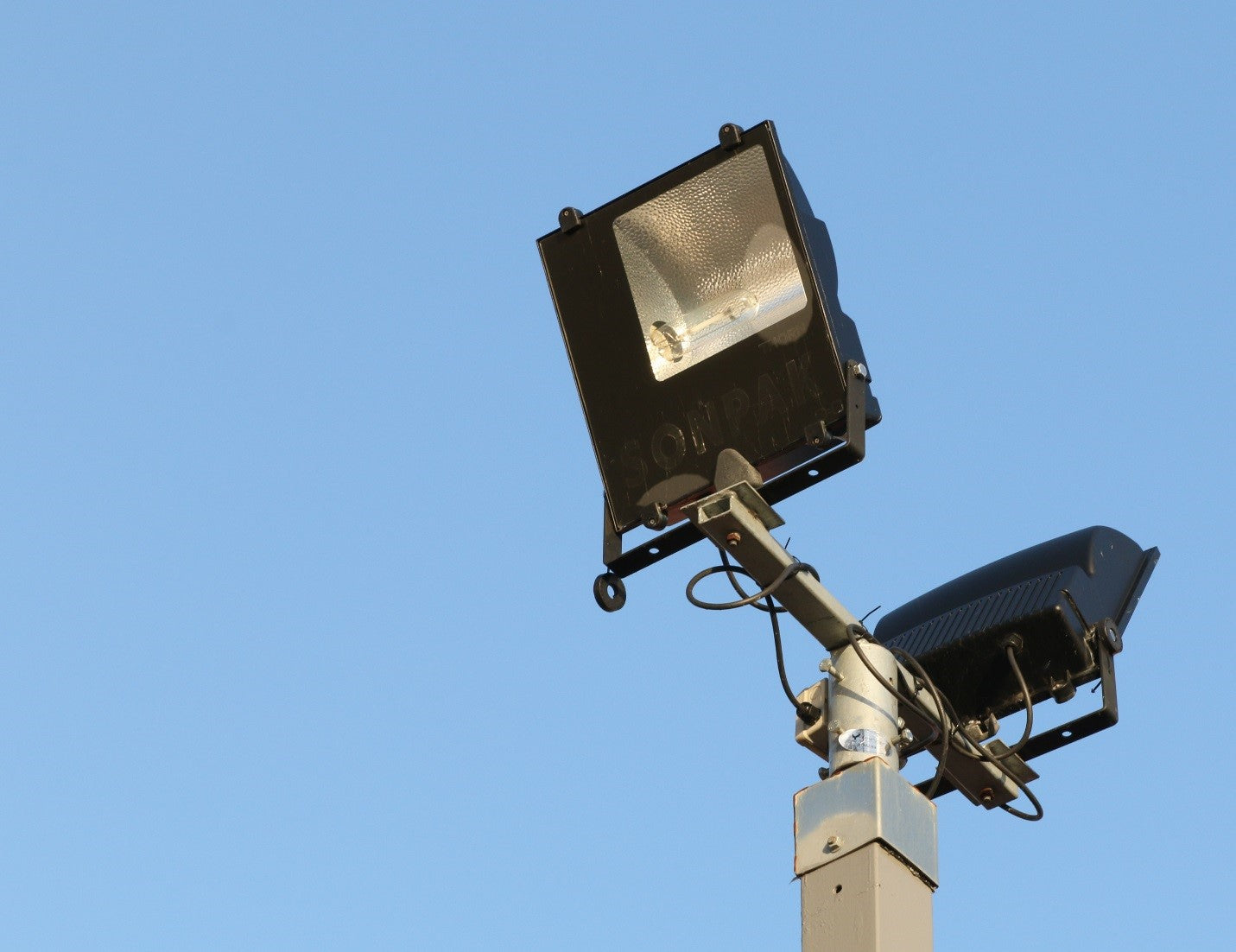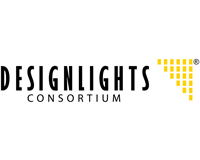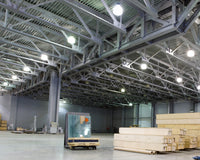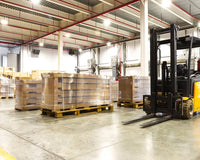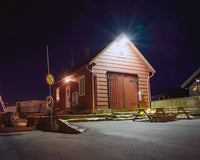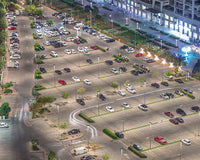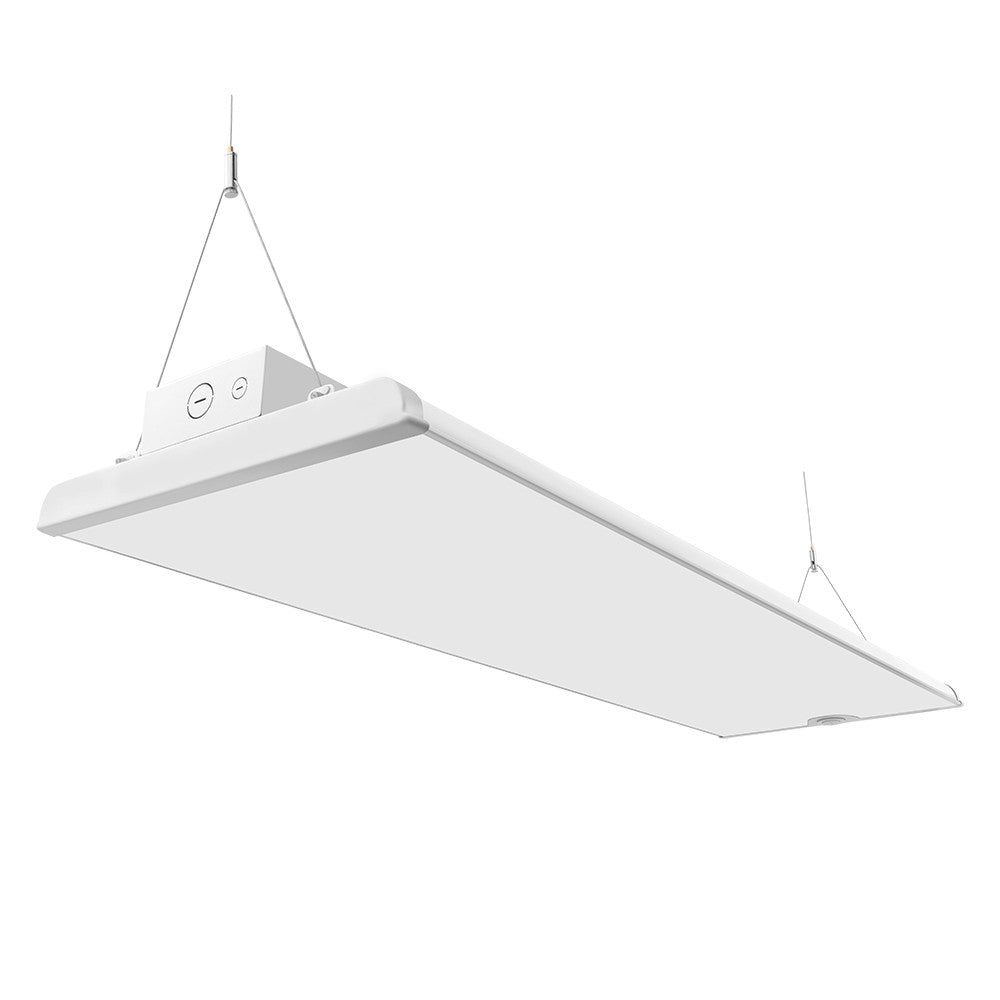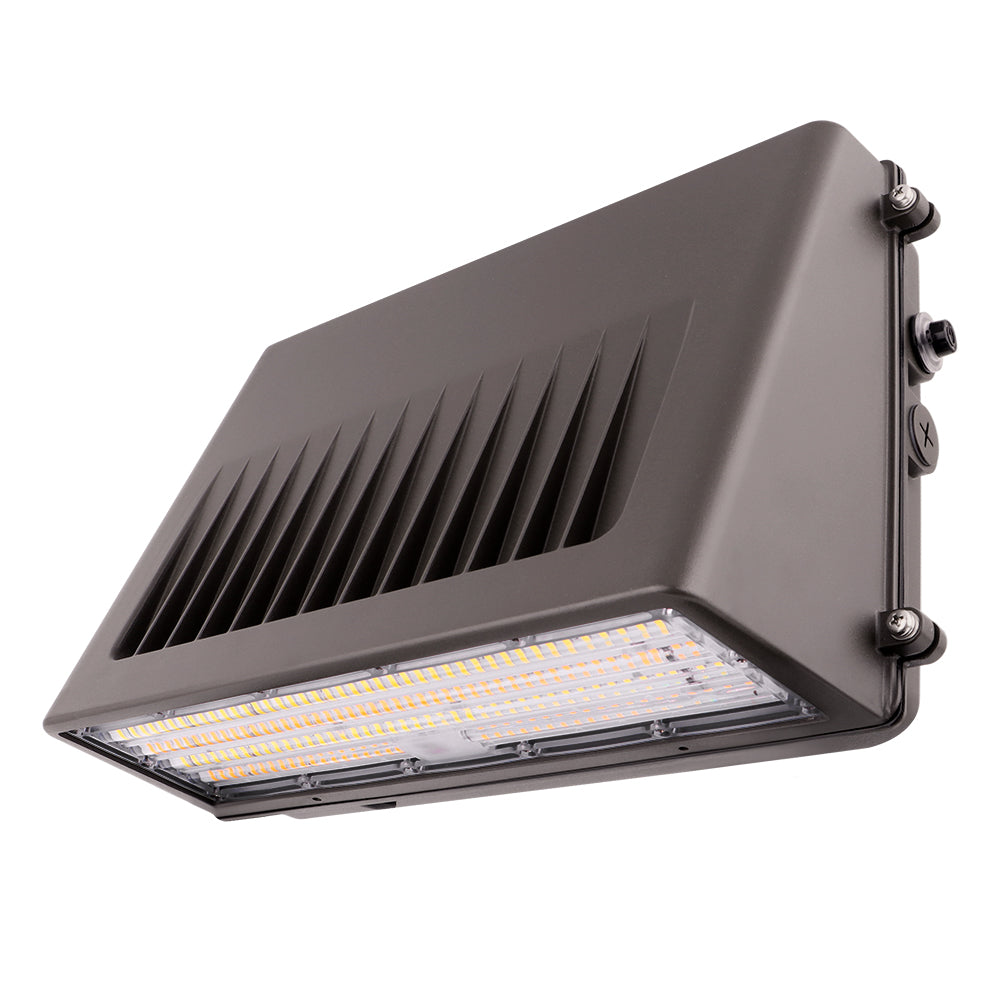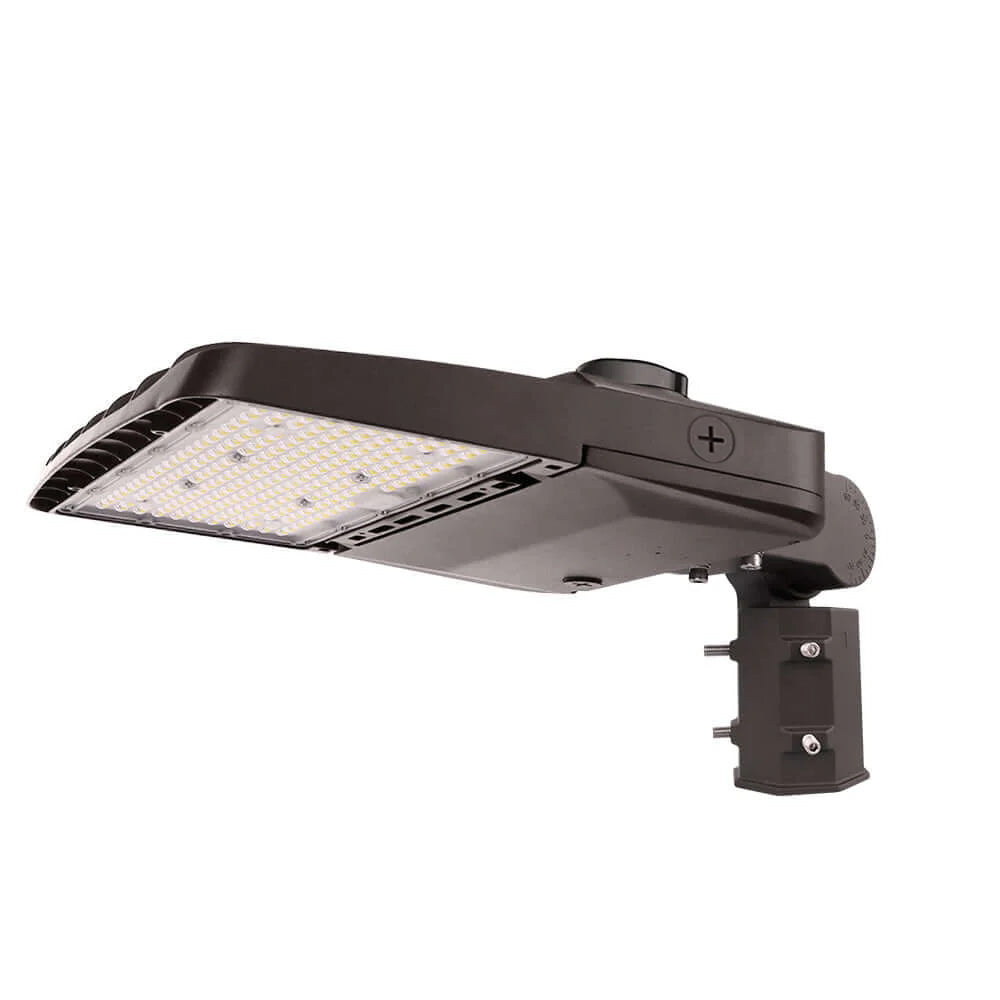Since the early sixties, high intensity discharge Metal Halide (MH) lamps have been used for general lighting purposes. Popular for use in both indoor and outdoor lighting at commercial buildings, parking lots, sports arenas (pickleball, basketball, batting cages, race tracks, horse arenas, volleyball, pools, golf, skiing, etc.), factories, warehouses, retail stores, as well as residential security and automotive lighting.
This type of light comes with many downsides that have been highlighted and remedied with the introduction of LEDs. To start, a metal halide bulb produces light by passing an electric arc through a combination of harmful gases. These gases determine the type of fixture: metal halide, mercury vapor, or high pressure sodium. Most HID lighting emits IR and UV radiation.
The need for clean, environmentally safe and energy saving lighting- has forced many to kick their HID lights to the curb with LEDs. If you’ve still got metal halide lights (MH or HID) in your facility – it’s time to switch to LED. Here’s a few reasons why:
Metal Halide lights have a short life span resulting in high maintenance cost:
Metal Halide reaches the L70 lifetime mark of producing 70% of its original output within the first year of use producing a high rate of lumen depreciation. LEDs are guaranteed a minimum of L70 after minimum 5 years of use.
On average, one LED product can last longer than 6 metal halide bulb replacements. Metal Halides have a lifespan of 6,000-20,000 hours. LED is 50,000- 150,000 hours. Accordingly, a location that switches to LED will save substantial maintenance costs. The average warranty for HID is 1-3 year and LED is 5-10 year.
Metal Halide lights require a “warm up” period to full brightness:
Metal Halide can take up to 30 minutes to produce full lumen output. Warm-up time can be a disruption and additional energy cost to your business operations. LED lighting needs no warm up time and offers a user instant -on brightness.
Metal Halide Beam is Omni-directional:
Metal Halide projects light in all directions- 360° which is highly inefficient since you can’t redirect the light to focus on specific areas or just one area.
LED is directional- where the beam of light goes- it stays. With better optics and diffusers, LED light can be targeted directly onto areas where the light is intended to reach, with less light spilling over into neighboring environments. This reduces light pollution in areas abutting the surfaces that are intended to be lit.
Metal Halide generates heat and are fragile:
Metal Halide lights produce a lot of heat and struggle to perform in higher temperature environments. The heat generated by a metal halide source adds costs to the electricity bill and forces a facility’s HVAC system to work overtime. A metal halide lamp that is scratched is prone to failure, in which the bulb itself could shatter, spreading hot glass and components. They are dangerous to handle due to gases and must be recycled.
LEDs are extremely durable and aren’t easily damaged. They operate at lower physical temperatures and are cool to the touch, thus substantially improving the safety of operating conditions. LEDs use no hazardous materials, thus reducing environmental burdens or the need for special disposal.
Metal Halide lights display discoloration or fading over time and may tend to hum or buzz:
Because HID degrades over the lifetime of the bulb and produces higher temperatures- the light may seem to be faded or appear yellow. LEDs are available in a wide range of color temperature options but also offer a broad spectrum of color rendering values providing crisp true to life coloring. Metal halide requires a ballast for input power- and many times as the ballast ages, it creates a buzz or hum.
Metal halide require special electric or magnetic ballast for dimming and the process changes the voltage input to the light and can cause early failure. LEDs are easy to dim by use of dimmable drivers to lower the forward current.
These are just a few reasons why LEDs are the preferred source over metal halide for efficient lighting in our pathway to sustainability. LEDs are far more efficient than metal halide, with less than half the energy input. LEDs in today's market have proven their ability to reduce energy and maintenance cost – providing owners a fast return on their investment.
If you’ve still got metal halide lights (MH or HID) at your facility – it’s time to switch to LED. Need help to get started - Give us a call, we’re here to help. No project is too small or too big!


